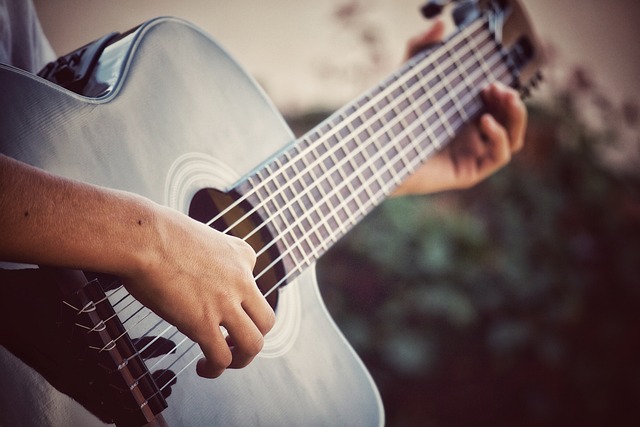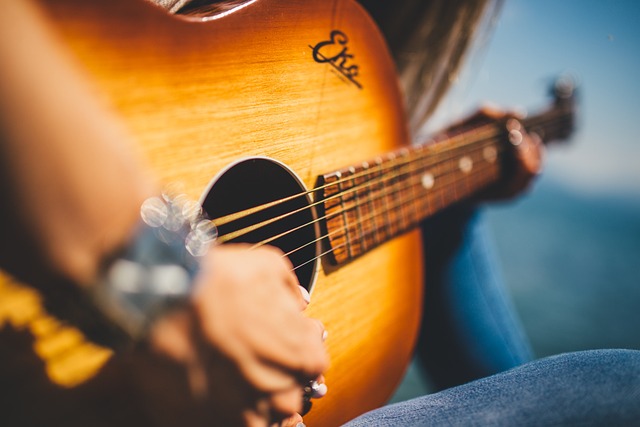Tuning a guitar without a tuner is an invaluable skill that will allow you to develop your ear and become more in touch with your instrument. Here’s a step-by-step guide on how to tune your guitar without using a tuner:
Step 1: Get Reference Referrals
Use a piano, keyboard, tuning fork, or online tuning reference to get a reliable reference pitch. The most common reference pitch is the A note, usually set at 440 Hz.
Step 2: Tuning the E String Down
Press the 5th fret of the low E string (thickest string). This produces an A note.
Pluck the open A string (fifth string). Adjust the tuning pegs on the A string until both notes (low E 5th fret and empty A fret) sound the same.

Step 3: Use the 5th product method
Use the 5th fret method to tune the remaining strings:
Press the 5th fret of the A string to open the D string.
Depress the 5th fret of the D string to tune the open G string.
Press the 4th fret of the G string to tune the B string.
Depress the 5th fret of the B string to tune the empty E string.
Step 4: Check the interval
After all the strings are tuned, play adjacent strings together to check the intervals. For example, playing the A and D strings together can hear a perfect fourth interval. Play the D and G strings together to hear a perfect fourth. This will help ensure that your guitar is in tune on all strings.
Tips for tuning by ear:
Patience: Tuning by ear takes practice, especially for beginners. Your ears may not be used to detecting subtle differences in pitch, but you will improve over time.
Use an external reference: If you’re new to tuning by ear, you may want to regularly use an external reference, such as a piano or an online tuner, to keep your guitar in tune.
Trust your ears: Your ears are the ultimate judge of whether your guitar is in tune. If something doesn’t sound right, trust your instincts and adjust.
Ear tuning challenges:
Tuning by ear can be challenging, especially for beginners. It requires developing your sense of pitch and listening skills. Initially, your guitar may sound out of tune, but with practice, you’ll become more accurate and confident.
Remember that tuning by ear is an invaluable skill that enhances your musicality and connection to your instrument. While it may be difficult at first, the benefits are well worth the effort.




